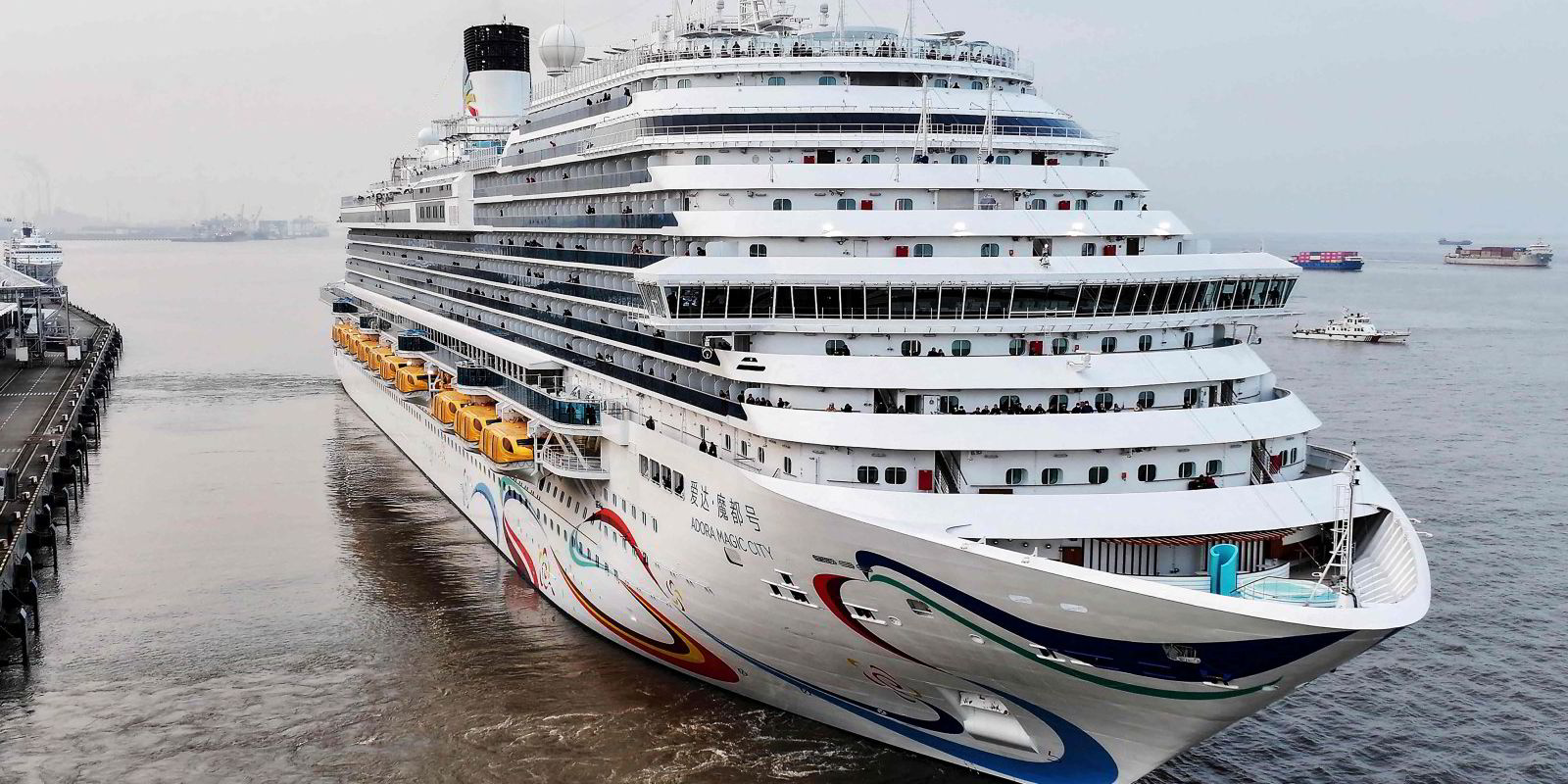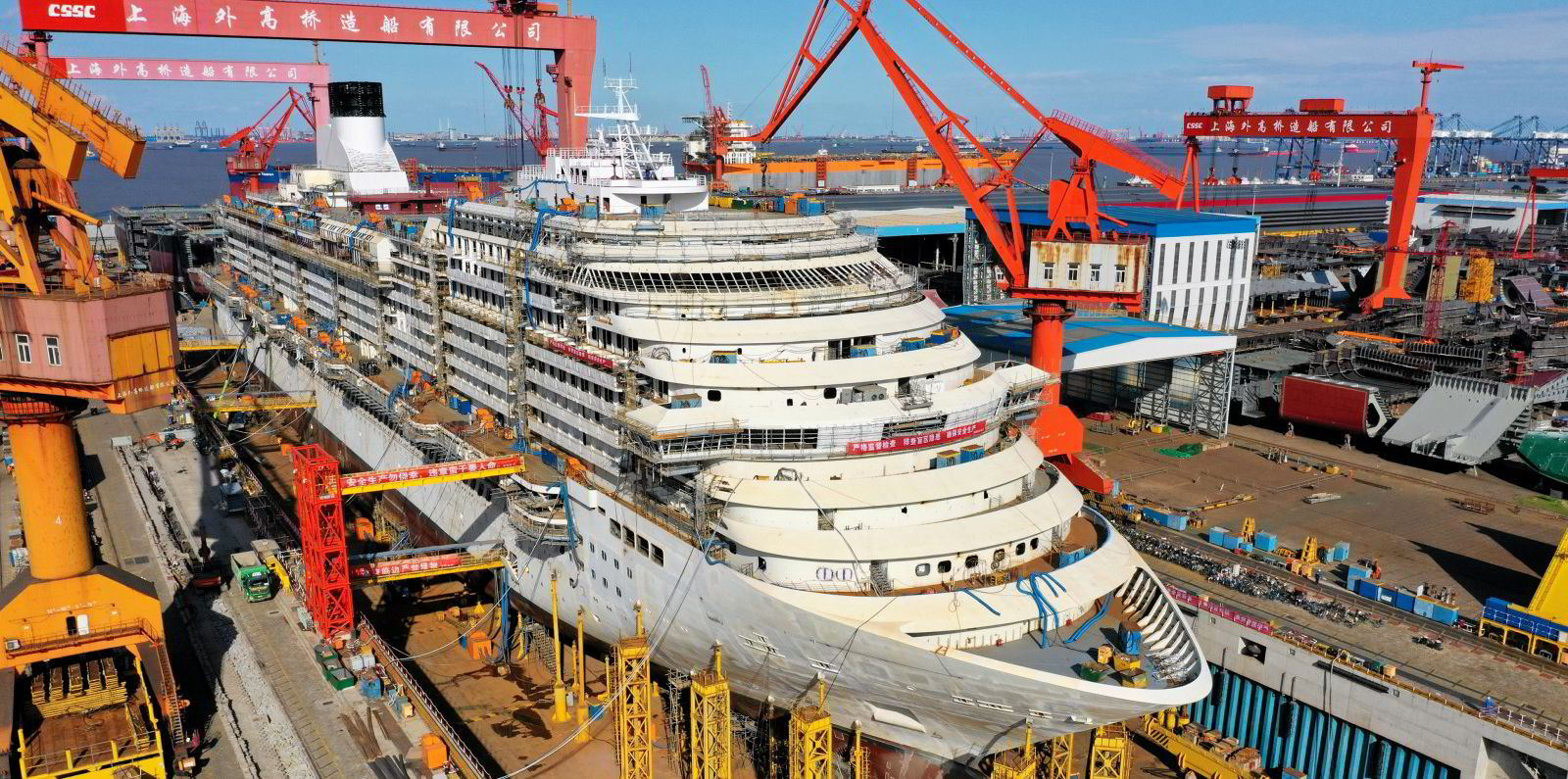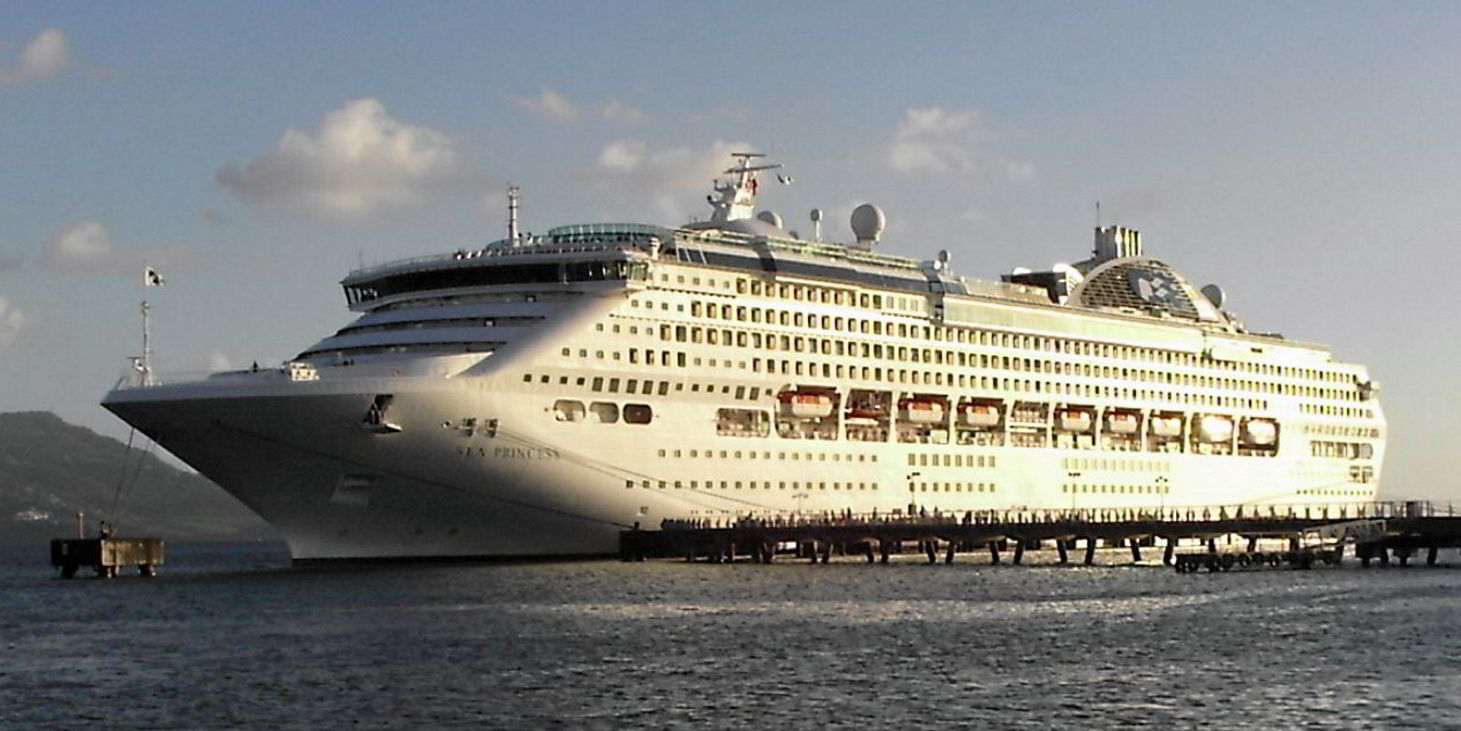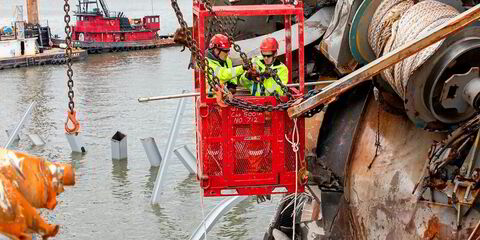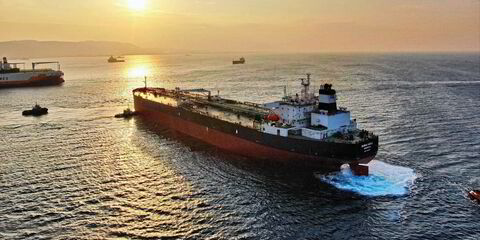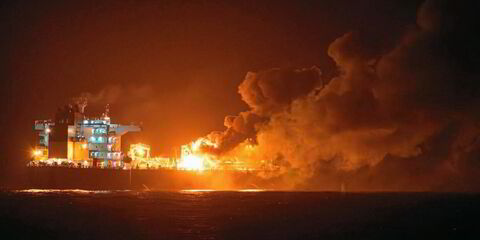Adora Magic City, the first large Chinese-built cruise ship, departed on its maiden voyage from Shanghai on Monday.
Touted as a triumph in Chinese media, the completion of this 136,200-gt vessel by Shanghai Waigaoqiao Shipbuilding (SWS) should be sending shivers down the spines of the handful of specialist European shipbuilders that have until now held a monopoly on the supply of large cruise ships.
The Adora Magic City is one of two ships ordered in 2017 by CSSC Carnival Cruise, a joint venture between China State Shipbuilding Corp and Miami-based cruise giant Carnival Corp.
The joint venture was branded as Adora Cruises when it launched in the market in 2023 with the 85,600-gt Mediterranea (built 2003), a former Costa Cruises ship that was transferred to the joint venture in December 2019 but subsequently sat out the Covid-19 pandemic in lay-up.
The Adora Magic City and an as-yet-unnamed sister ship were priced at a combined $1.54bn when ordered. Work on the prototype began in 2018, with technical assistance provided to SWS by Italian shipbuilder Fincantieri, a prolific builder of Carnival Corp ships.
SWS took five years to complete the Adora Magic City. A comparable cruise ship usually takes three years from order signing to delivery at an experienced yard in Europe.
Sources familiar with the Adora’s newbuilding programme told TradeWinds that a longer gestation period for the SWS prototype was expected from the outset, although it took even longer due to pandemic-related lockdown and supply chain issues.
“The ship was always intended to be a learning experience for SWS. This project has the full weight of the Chinese government behind it, and the yard has gained significant know-how on the basics of building a mass-market cruise ship,” the source said, adding that the main issues for any new cruise ship builder is fitting out the accommodation and establishing supply chains.
The conventionally fuelled Adora Magic City was built to one of Carnival Corp’s older Vista-class designs, the bones of which date back more than 20 years. TradeWinds understands that this design was selected to ease SWS into the cruise ship building process.
Most mass-market cruise ships under construction in European yards are much larger.
Industry sources believe that after gaining the necessary know-how from Adora’s orders, it is only a matter of time before SWS has the capability to tackle more advanced cruise newbuildings.
“Everyone is watching closely what is happening in China. For us as an industry, it is always good to have more yard options,” said a source at a US cruise major.
Ferry precedent
Other observers liken China’s entry into cruise ship building to its entry into ferry building in the early 2000s.
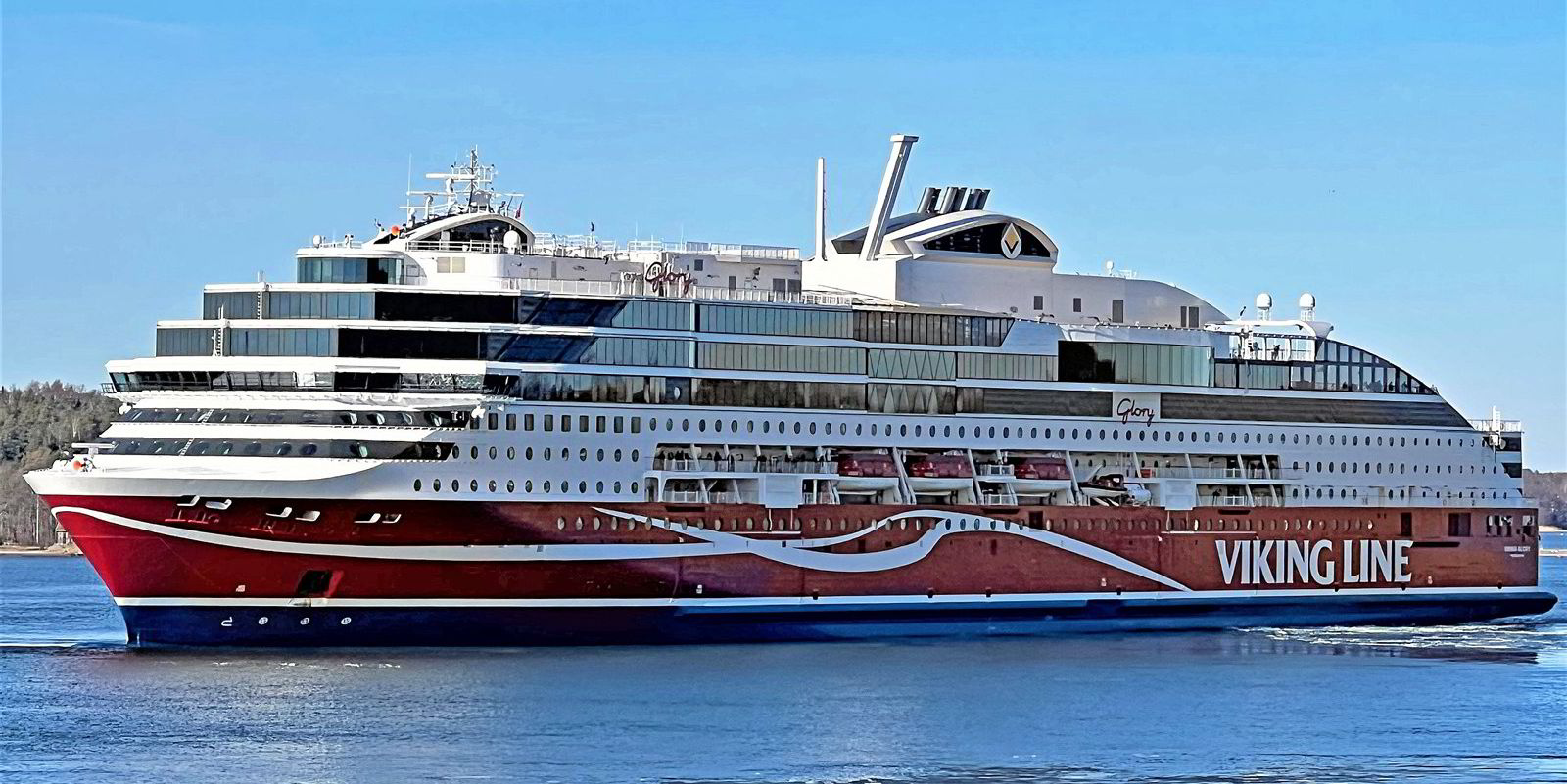
Chinese yards lost large amounts of money on their first orders due to delay penalties and cost overruns.
However, this was seen as a necessary part of the process.
After overcoming their initial learning curves, Chinese yards have become a force in the ropax sector. Not only are they prolific builders of hi-spec ropaxes for domestic operators, they have gained a significant share of technologically advanced ropaxes and cruise ferries ordered by European ferry majors in recent years.
China cruise revival
China was the bright spot for growth in the cruise industry in the decade before the pandemic. Its fast-growing cruise market was dominated by heavyweights Carnival Corp, Royal Caribbean and MSC, which rushed to base their newest and biggest ships out of Chinese ports.
The cruise majors have been slow in returning to China in the post-pandemic period, leaving the market open for domestic operators wanting to gain a foothold in the trade.
Prior to the pandemic, Chinese cruise start-ups were forced to make do with smaller secondhand ships that struggled to compete with the larger, newer ships the international cruise majors were deploying into China.
The pandemic allowed local companies an opportunity to buy larger ships.
Tianjin Orient International Cruise, a subsidiary of a Chinese ferry company, started operating the 77,500-gt cruise ship Dream (built 1998) between China, South Korea and Japan in September. Before the pandemic, the ship was owned by Carnival subsidiary Princess Cruises.
In December 2023, six companies — China Tourism Group, China Cosco Shipping, China Merchants Group, Jinjiang International, Shanghai Jiushi and Wusongkou Culture & Tourism Investment — came together to form Huaxia International Cruises with the aim of building a market-leading cruise company.
The government has made no secret that it wants Chinese companies to have greater participation in the country’s cruise sector, and that it is in the national interest for them to build ships at domestic yards. (Copyright)
